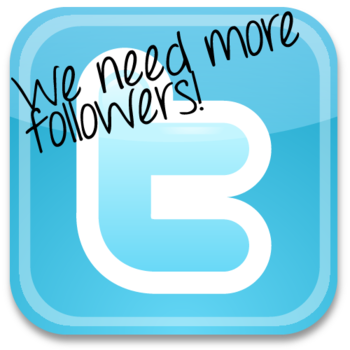If you want people to pay attention to you in this very busy, loud and overwhelming world then there is one thing you need to make sure you always do - PROVIDE VALUE.
People will only make time for things they really WANT, so it's your job to understand your audience enough to have figured out what they want.
WHO IS YOUR AUDIENCE?
Can you describe your audience? Every audience is different and you need to take the time to really figure out who your audience is. Understanding who makes up that audience, what they like, what they don’t like and what they would like from you is critical in creating the kind of content that can help you build relationships that turn your audience into customers.
Once you’ve figured that out, creating and sharing content that can connect with your audience becomes a lot easier.
WHAT DO THEY VALUE?
Not every audience is looking for the same kind of information. Make sure that everything you share has some kind of connection back to who you are and who your audience is.
Think about why they followed you in the first place. What would people expect the content to look like coming from your brand? Make sure your content doesn’t go too far off from that.
Things that people value tend to fall into three main categories:
- You’re teaching them something,
- You’re entertaining them, or
- You’re giving them tools and knowledge.
WHAT DON’T THEY WANT?
Nobody likes to follow a brand that is only trying to sell to them. That’s valuable to the brand, not to the audience. Make sure that you’re giving your audience something they want or can use so that when you do post some sales posts - and you definitely should - they think so highly of you they’re far more inclined to buy.
People don’t want information that has nothing to do with them or that they can’t relate to.
LET’S LOOK AT SOME EXAMPLES
- If your main audience is young women about to get married, interesting articles about retirement doesn’t make sense.
- If your main audience is men who want to home brew their own beer, then funny cartoons about being a new mom doesn’t make sense.
- If you promised tips and tricks to help them do something better, just sharing things you’re selling isn’t going to convince them of anything other than that you’re pushy and too sales-y.
- If you sell hammers, make sure that you talk about the hammers, and the things you can do with the hammers.
Where and how do they want to receive information?
Where do your people like to hang out? If they're on Instagram, creating podcasts is never going to work well for them. If they're on YouTube, they want video, so you want to make sure you're creating video.
If they love really clean design you're going to be creating different things than if they really like stories. The more you understand what format they like to receive content in, what they want to know, and where they want to receive it, the more likely your content will hit the mark and connect with them.
Spend some time thinking about your content and what you’re giving to your audience that they would value. Then share some examples (good and bad) of what you’ve seen or done that relates to giving an audience value in the comments.
If you'd like help finding ways to share content online so people are ready to pay attention, come and join my free Facebook Group - The Biz Studio Community. There's a free cheat sheet in the files section with templates to use to highlight the benefit and value of your content when you share it (because even more than providing valuable content, you need to also make sure you're telling people what you're sharing and how it's valuable).



